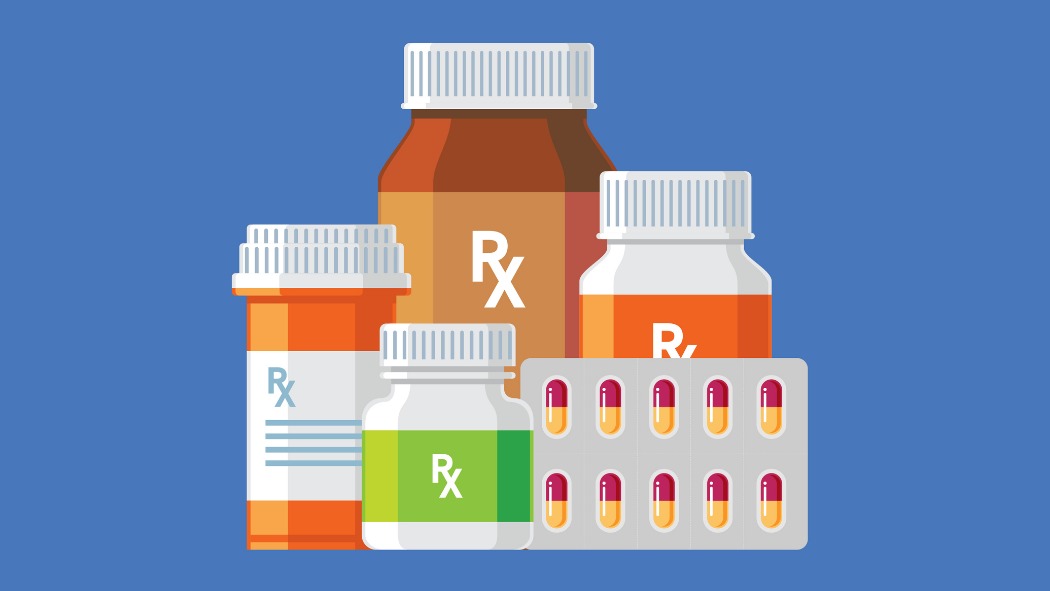Prior authorization – also called preauthorization, preapproval, and precertification – is a tool that helps health plans protect patient health and safety and improve affordability by reducing unnecessary costs.

Prior authorization – also called preauthorization, preapproval, and precertification – is a tool that helps health plans protect patient health and safety and improve affordability by reducing unnecessary costs. Both medical and prescription drug plans use prior authorizations, which are required for a number of treatments and prescriptions.
Just like doctors use scientific evidence to determine the safest and most effective clinical treatments, health plans rely on data and evidence to understand what tools, treatments, and technologies will deliver the greatest value and improve patient health. Health plans partner with clinicians to identify the most efficient and effective approaches that improve outcomes and reduce wasteful spend.
“The primary function of prior authorizations is to ensure that the right patient gets the right medication at the right dose."Dr. Steve Miller, senior clinical advisor, Cigna
Patients deserve the most effective, most affordable, and safest care. That’s what prior authorizations help deliver. They are commonly required in these categories:
- Medications that may be unsafe when combined with other medications.
- Medical treatments and medications that have lower-cost, equally effective alternatives.
- Medical treatments and medications that should be used only for certain health conditions.
- Medical treatments and medications that are often misused or abused.
- Drugs often used for cosmetic purposes. For example, Botox can treat muscular disorders but also can be used to eliminate wrinkles.
Prior authorizations have come a long way, thanks to the evolution and availability of electronic processes that help minimize delays, shortening average turnaround time by two-thirds. For health insurance providers like Cigna, the prior authorization process takes an average of 5.7 hours, down from 18.7 hours.
“It’s hard to believe that until recently, prior authorizations were handled using an outdated paper system that often led to delays between a prior authorization’s submission and the health plan’s decision,” Dr. Miller said. “Not only was this frustrating for patients, providers, and health plans, it also challenged the goal of prior authorization programs to improve clinical effectiveness and patient outcomes.”
In-network providers – including pharmacies – will start the process if a prior authorization is required. If a patient is seeking care out of network, the patient is responsible to discuss with their health plan whether a prior authorization is needed.
Once a preauthorization request is submitted, it is reviewed by doctors or clinical pharmacists at the health plan. Following the review, the plan decides to approve the request, deny it, ask for more information, or recommend the patient try a less costly – but equally effective – alternative before the original request is approved. If patients are unsatisfied with the prior authorization response, they or their providers can request a review of the decision.
Prior authorization helps ensure that prescribed medications will provide the safest, most effective high-value care for patients. Below we explore some of the advantages of prior authorization.
How Prior Authorizations Protect Patient Safety
For prescription drugs, the primary purpose of prior authorizations is to ensure the patient is getting the right medication at the right dose at the right time. With a comprehensive view of the health care system and each patient’s medical claims history, health plans have a holistic view and can help ensure that medications prescribed are safe. The prior authorization process helps identify safety risks and prevent harm to the patient by identifying preventable drug interactions and confirming appropriate dosage and quantity prescribed.
Research has shown that approximately half of adverse drug events that occur among adults are preventable, yet events caused by prescription errors cause an estimated 3.5 million health care provider visits and 1 million emergency department visits in the United States each year, at an annual cost of almost $21 billion.
When a patient uses a medication on a regular basis, annual prior authorizations can identify if new treatment options are available or if updates are needed to the patient’s treatment plan. “This is especially important for children,” Dr. Miller said. “Pediatric patients may benefit from a different dose or new treatment as they mature, and regular reviews are beneficial for patients living with complex, chronic medical conditions such as cancer, rheumatoid arthritis, and multiple sclerosis that are treated with specialty prescription drugs.”
Many specialty medications require additional care and safety considerations; as a result, they make up the majority of the prescription drugs that require prior authorization.
Driving Affordability: Identifying Lower-Cost Medication Options via Prior Authorization
Prior authorizations can help identify lower-cost, clinically effective options covered under the patient’s pharmacy benefit that the prescriber may not have known about at the time of care, such as generic drugs and biosimilars. Generic drugs, which are clinically effective alternatives to higher-cost brand-name drugs, have saved the health care system more than $1 trillion in the past decade. Biosimilars are clinically equivalent alternatives to biologic medications.
In 2019, biologics accounted for 43% of the total invoice-level medicine spending [PDF] in the United States. While nearly 30 biosimilars have already been approved by the United States Food & Drug Administration (FDA), representing a meaningful opportunity to increase market competition and reduce drug spending, uptake of these more affordable options has been slow.
According to the FDA, generic medicines approved by the agency must have the same dosage, safety, effectiveness, strength, stability, and quality as their brand-name counterparts. The agency requires generics to be bioequivalent to the brand-name medicine and manufactured under the same standards.
Generics are allowed after a brand drug’s period of exclusivity or patent have expired. Before a brand drug is approved, it must be studied when used by animals and humans. Generic drugs can enter the market without similar studies, which enables a lower price point. According to the FDA, one generic competitor can be 30% lower in price than the brand drug. When multiple generics enter the market for the same drug, the savings can approach 85%.
Prior Authorization Prevents Drug Misuse and Fraudulent Care
In addition to identifying savings opportunities such as generic medications, prior authorizations can help prevent the misuse of prescription drugs and fraudulent care. One example is Express Scripts’ Advanced Opioid Management program, which had prevented 4.5 million days’ worth of unnecessary opioid pills from being dispensed as of the end of 2020.
Express Scripts, the pharmacy benefit manager of Cigna Corporation’s Evernorth health services business, uses prior authorizations for some patients as part of the opioid management program, along with other tools designed to help prevent addiction. For example, patients new to therapy receive a letter detailing the risks of opioid use, prescribers receive alerts when they provide opioids to patients with prenatal vitamin or mental health prescriptions, and the quantity of opioids that can be dispensed at one time is restricted for patients new to therapy.
Prior Authorization Will Continue To Become Easier for Patients and Providers
At eviCore, Evernorth’s medical benefits manager, about one-third of all medical prior authorization requests are now settled in real time. For more than 90%, a decision is reached in one business day, with nearly all cases decided within three business days.
“While the process has improved immensely, there is still work to be done to improve prior authorization programs and enable a faster, more seamless process,” Dr. Miller said. ”This work is ongoing, and we are making progress and report our improvements annually.”
Where required, prior authorization provides an important check to help keep us on our path to making health care more affordable, predictable, and simple. It protects patients by helping ensure appropriate, effective, high-quality care. It helps keep costs down by providing prescribers and patients with coverage information and clinically effective alternatives. And it helps us stay focused on improving systemic processes to make things easier for our customers and providers.

The 411 On Prior Authorizations
Learn more about prior authorization, the process to get pre-approval, and the impact of the No Surprises Act.
